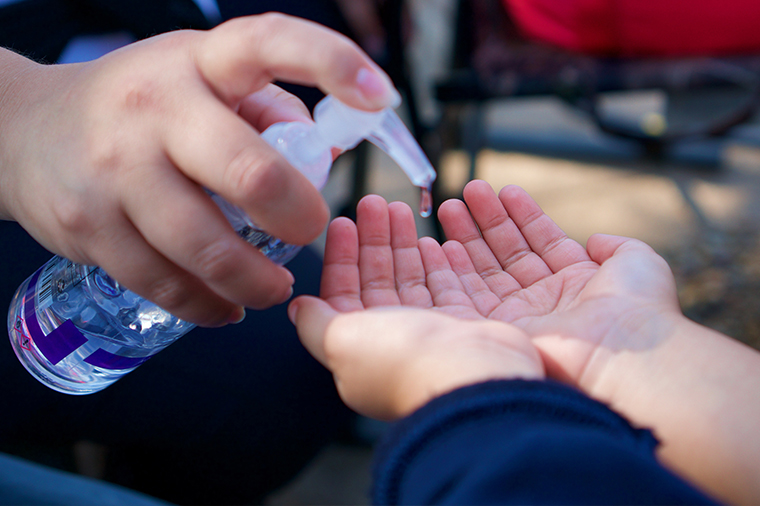One possible reason that children may abstain from using sanitiser is due to the effect it has on their skin. A recent study of school children in Denmark has shown that 42.4% of children studied who had no prior symptoms of dermatitis were experiencing it since more stringent hand hygiene measures came into place. Interestingly, this was more strongly linked to increased hand washing as opposed to sanitiser usage (Borch et al., 2020).
Perhaps then it is in schools’ best interest to place emphasis on hand sanitising as opposed to washing with soap and water.

There are certain factors that massively contribute to the success of sanitiser programs, one of the most obvious being user compliance. Interestingly, there seems to be a particular demographic most commonly associated with hand sanitiser use. A 2009 study in New Zealand found that significantly more females than males used a hand sanitiser at the entrance of a hospital, and perhaps even more interestingly, it was often children leading the way, with adults following them to the sanitising station (Manning et al., 2009).
Many studies exist now that have set out to directly investigate the real-world impact of hand sanitisers in controlling pandemics, reducing work/ school absence and their ease of use.
One of the most commonly used ways to assess the success of hand sanitiser programs is to observe the impact they have on absences due to illness in schools (Stebbins et al., 2011; Nandrup-Bus, 2009; White et al., 2001). The effect of hand washing and hand sanitiser in schools has been shown time and time again to be beneficial. The impact of hand hygiene in schools is more far reaching that one would first imagine, as children that miss school generally need a member of the family to stay back from work in order to care for them (Neuzil, Hohlbein , Zhu 2002). Furthermore, children’s education is set back and they may transmit this virus to other members of the family (Fox et al., 1982).
There’s no empirical data yet directly studying Covid-19 transmission in schools, but what we do know is that the clinical manifestation of Coronavirus in children has been reported to range from asymptomatic to mild (Kam et al., 2020). What we do know is that in previous coronavirus outbreaks (different strains of the virus we now face), evidence suggests that actual transmission in schools was very low (Wong, Li, Ng and Fok, 2003).
A more recent study conducted by a team at London Imperial College found that school closure by itself was insufficient to mitigate, let alone suppress, coronavirus outbreaks (in contrast to what we have found with influenza) (Ferguson et al., 2020). Given that children are largely unaffected by coronavirus, and appear have a minimal effect in spreading it through school attendance, government advice has been that schools stay open. Given this advice, schools are now having to implement huge amounts of social distancing measures, as well as rigorous sanitation standards- including frequent use of hand washing and sanitisers.
Reference List